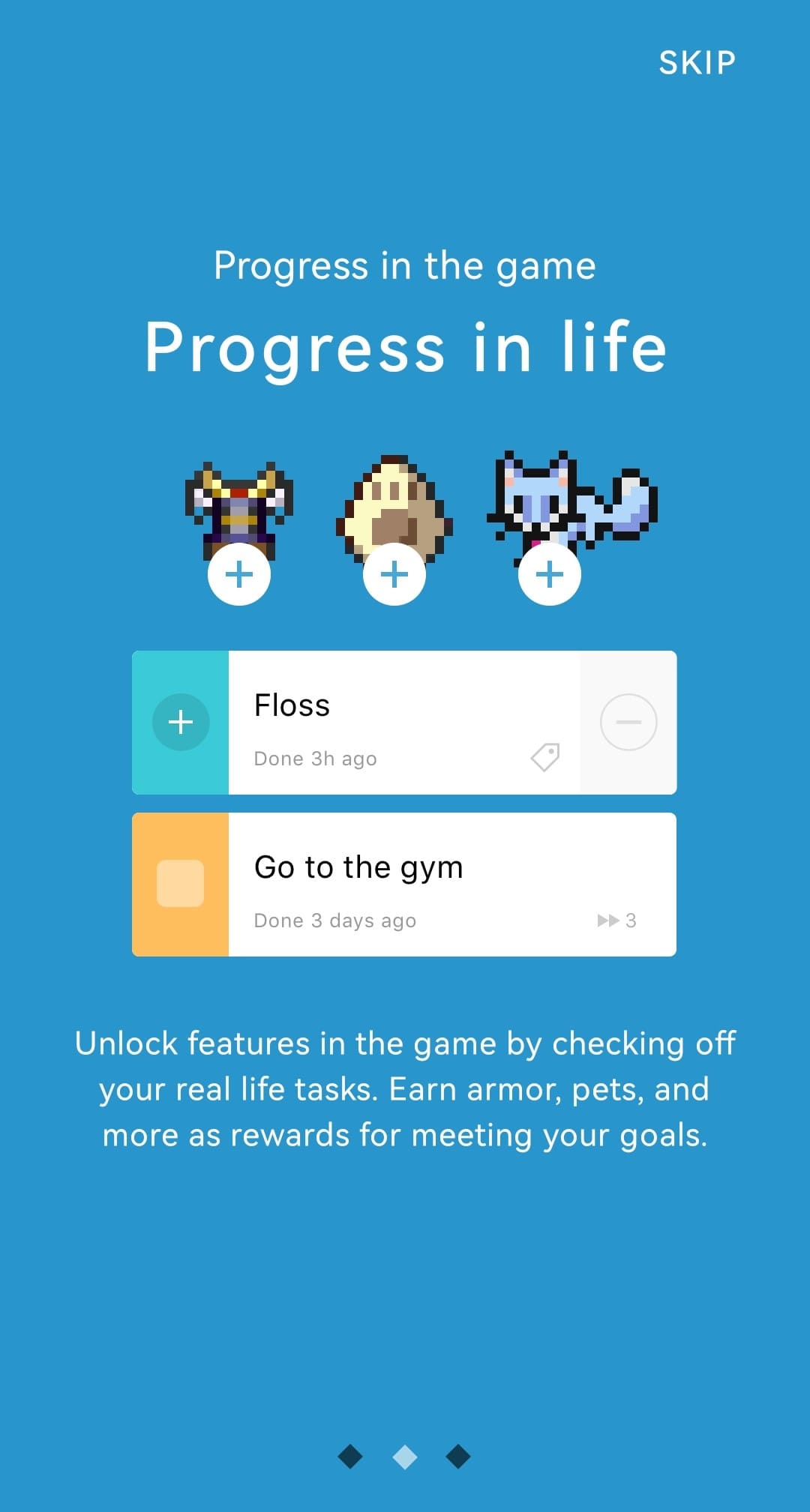How can we define the need for autonomy? Where does it come from and how deeply is it rooted in us? How can we specifically satisfy the need for autonomy? In this text, we address these very questions. It is part of our great needs series, which addresses the following core question: “What makes products really cool?” By the end of the article, you’ll know how to specifically satisfy your users’ need for autonomy in order to significantly enhance your product’s user experience.
The great needs series: a recap
Our introduction: Positive emotions are the basis for a positive user experience – we established this in our introduction. You can achieve these emotions through targeted need satisfaction during use. So, your product’s UX improves by knowing your users along with their needs and how to tailor your design to meet them. The following shortlist of needs is particularly relevant to technology use:
- Connectedness
- Security
- Expertise
- Popularity
- Stimulation
- Autonomy
- Meaningfulness
(according to Sarah Diefenbach: “Experience Design Tools – Approaches to Interaction Design from the Perspective of Psychological Needs“)
Need connectedness: Part two of our series shows how deeply the need for connectedness is rooted in all of us and how it can be specifically satisfied.
Need for Security: The third part of our great series of needs shows that security arises from predictability, reliability and the absence of the unpredictable.
Need Competence: In the fourth part of the series, we learned that users want to feel their own self-efficacy and competence and looked at specific examples that show how this is feasible.
Need for popularity: Part five of the series of needs shows that the need for popularity is about having influence and having one’s opinion valued. There are examples from the world of social media platforms, but also from other areas.
Stimulation need: In part six, we learned that without sufficient stimulation, boredom quickly sets in for the user and results in a poor user experience.
In this article, we take a closer look at the need for autonomy and find out how exactly the satisfaction of this need can be integrated into one’s own product design.
The need for autonomy: a definition
To find out what exactly is meant by the need for autonomy, let’s look at Sarah Diefenbach’s definition: Autonomy: “The need to be able to decide things freely. Self-determination, autonomy, and independence play a role here.” (source: Sarah Diefenbach “Experience Design Tools – Approaches to Interaction Design from the Perspective of Psychological Needs”) The need is expressed in a desire for:
- Freedom
- Independence
- Autonomy
- Independence
- Ideal
- Being detached
(source: Sarah Diefenbach: Need cards)
Where does the need for autonomy come from and does everyone have it?
Attention, very theoretical: The degree of autonomy that arises in the development of each child depends on the upbringing. However, this is measured by the social context (“Autonomy and attachment in a cultural comparison of socialization conditions” by G. Trommsdorff, 1999). Children in Western countries are encouraged early on to formulate “I” sentences; in Eastern countries, “I” sentences are avoided. German children, for example, are also taught to speak up in school, although individual participation in class is not desired by children in some Asian cultures. Parental and institutional education socializes children in the context of the cultural environment. In short, we are all very much shaped by our culture as children and this naturally affects us, as adults.
About the importance of the need for autonomy
So, one might think that the need for autonomy is not as important in countries where it is not promoted as much as it is in our Western countries. However, in a ranking of the most important basic psychological needs, the need for autonomy is in the top 3 even in collectivist countries! In Western countries, how could it be otherwise, the need for autonomy lands on the first place (“What is satisfying about satisfying events?” by Sheldon, Elliott, Kim & Kasser, 2001). Thus, despite fundamental cultural differences, the need for autonomy seems to be a globally valid and very important one.
And why is this so important for product design?
The realization that there are human needs that are so fundamental that they are independent of culture and (incidentally) gender is important in psychological product design. With the help of these insights, products can be developed that meet these basic needs (really, every human being on earth has these needs). Addressing the need for autonomy in product development is therefore essential, especially in the Western market (but not only there!), to make users really happy.
Lack of autonomy in use of devices
All this theoretical background is nice to know. But when does autonomy play a role in the interaction with products? In interaction with products, the need for autonomy is very often restricted. For example, at the beginning of the use of apps, tutorials are often used to explain how one can or should use the system. However, many people prefer to click through themselves and try out apps independently. It then sometimes annoys them greatly when they are not given the opportunity to decide whether or not they want to watch a tutorial. This is a classic example of restricting the autonomous and independent use of a product. Basically, the user should be given the option to stop or pause the interaction at any point. Autonomous people may even want the tutorial, but just at a different time. Then it should be possible to watch it (partially or completely) at any time. Supporting the need for autonomy, freedom of will and independence, i.e. autonomy, with a product is not an easy task. The way it is done always depends very much on the product. Nevertheless, we don’t want to leave you without a positive example of how autonomy can be supported in a product. So let’s take a look at how to do it better.
Example 1 for satisfying the need for autonomy: Tutorial without paternalism
Imagine the same product from above: You are using it for the first time and there is a tutorial. The simplest (and least sophisticated) way to address the need for autonomy would be to provide a way for the user to close the tutorial. This would already make it possible to avoid negative feelings. If you want to support positive feelings, then go one step further: ask the user about which areas they would like to learn more about and let them choose the relevant part of the tutorial (or no tutorial) themselves. Ideally, you’ll also allow your users to launch the tutorial on their own at any time and come back to it again and again. Avoid the mistake of making the tutorial accessible to your users only once at the beginning and then depriving them of the option to view it again if necessary. So whenever you offer support to the user, it is important to design it in such a way that the user perceives your tutorial, your dialog, your software as an offer and not as paternalism. A simple “skip” button, for example, can make a big difference here. In the following example, you will find such a button in the upper right corner, which allows users to skip the tutorial.

(Source: Screenshot Habitica App)
Example 2 of satisfying the need for autonomy: creating an independent workout
There are many apps for workouts at home. However, most of them don’t give users much freedom. They offer a fixed number of workout videos that the user cannot influence in any way. Neither the exercises nor the repetitions of these exercises can be customized. However, there are a few apps that let you make all the decisions yourself. Here, you can create your own sequence from pre-made videos. You can also customize the sets and repetitions of each exercise. Here you can see an example where a workout can be put together from several exercises.

(Source: Screenshot Alphaprogression App) Still not enough freedom in compiling? Then the application even allows you to design your own exercises and then integrate them into a workout.

(Source: Screenshot Alphaprogression App) This freedom can massively increase the user experience.
Example 3 of satisfying the need for autonomy: level editor in video games
Video games can be straightforward and force you to follow fixed paths. Often, a ready-made selection of levels is available. Some games, on the other hand, let their own users get creative and integrate a level editor that lets you design your own level from pre-made building blocks. An example of this is the park editor in Tony Hawk’s Pro Skater. The game lets players slip into the skin of various skateboarding legends and complete tasks and break high scores in pre-made skateparks. Even though this can be great fun, the player is limited in the choice of levels. The aforementioned park editor provides a remedy. Here, you can build skate parks from individual building blocks, which you can then ride on virtually alone or with friends.

(Source: Screenshot: Tony Hawk’s Pro Skater) The game “Super Mario Maker” has turned the level editor feature into a game of its own: Level building blocks from past Mario titles can be assembled into custom levels here in a simple and intuitive way. Custom-designed levels can then be played or shared.

(Source: Screenshot: Mario Maker 2) The need for autonomy is satisfied here by the fact that the player is not limited to prefabricated levels, but can create his own playable sections completely freely and independently.
Example 4 for the satisfaction of the need for autonomy: Amazon Business
Platforms like Fiverr or stores like Amazon often offer a business variant of their services. Here, as a supervisor, you can add team members and then give them rights to place orders. The user can act autonomously and select and pre-order the products of their choice and then submit them for approval. Here, the user feels much more autonomous than, for example, in a collaborative voting session. Here you can see the field where the order can be submitted for approval process. And a field that shows users that this submission is complete.


Conclusion
How pronounced the need for autonomy is is strongly affected by our upbringing. Especially in the Western world, but also across genders and cultures, this need is very strong and thus incredibly important for product design! To evoke a sense of autonomy in users, it is not enough to provide a sense of free choice, it also means purposefully avoiding paternalism! Does your product have features that satisfy the need for autonomy? Let us know in the comments. Have questions about incorporating user needs in your specific case? Feel free to reach out via our contact form to schedule a free get-to-know-you call. We are very much looking forward to your feedback!
Our need series
Here is our overview of the articles in the series:
Part 1: Introduction
Part 2: Connectedness
Part 3: Security
Part 4: Competence
Part 5: Popularity
Part 6: Stimulation
Part 7: Autonomy
Part 8: Meaningfulness



